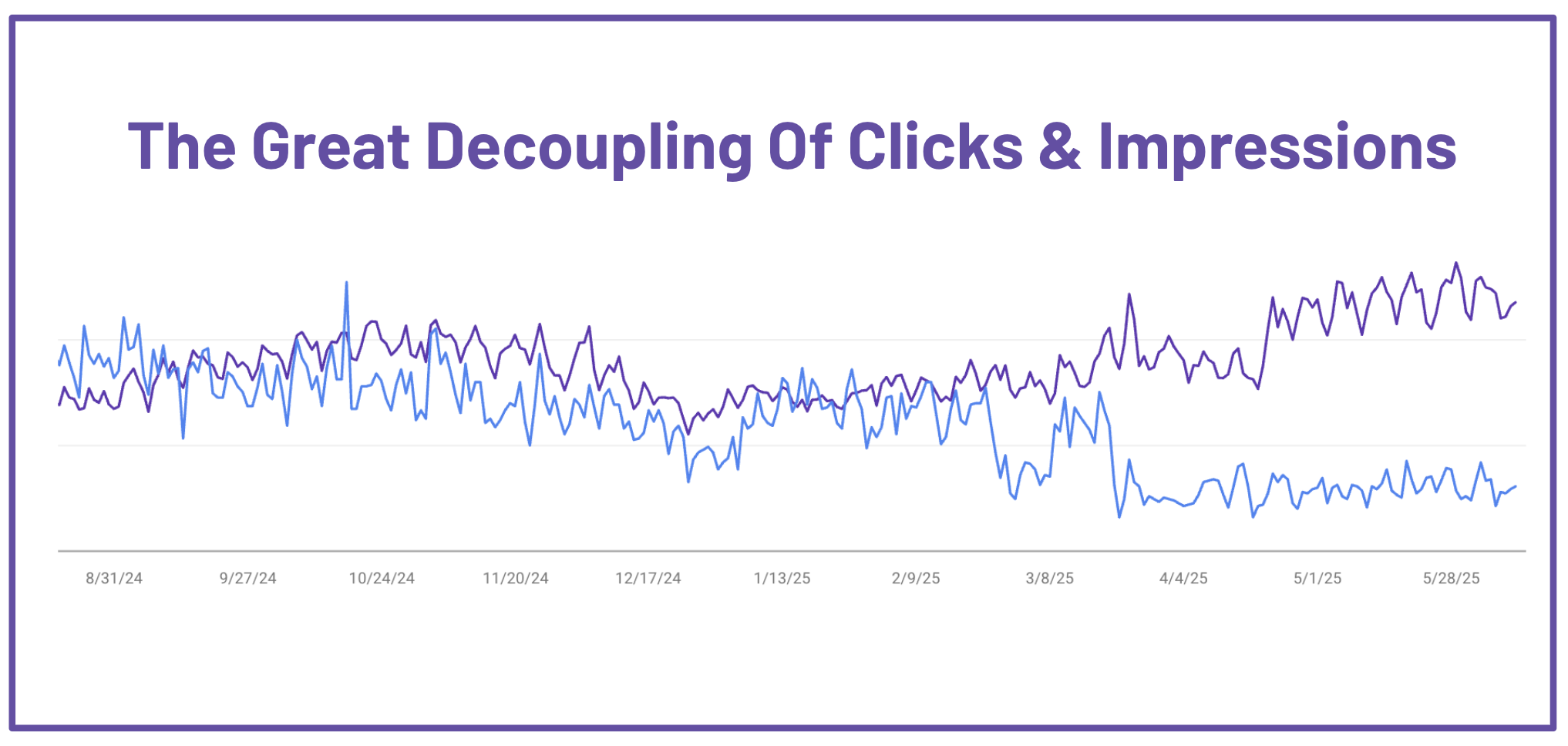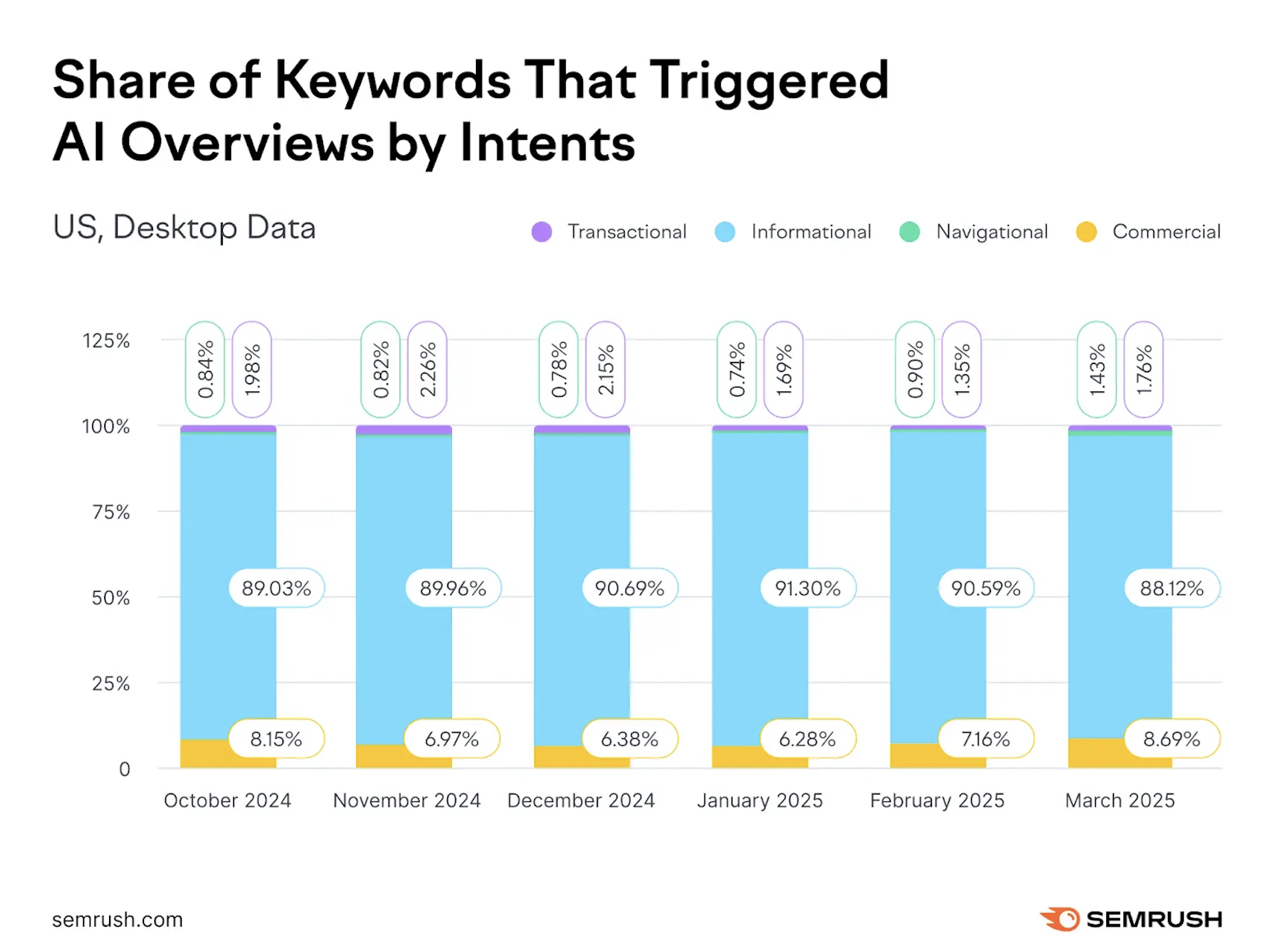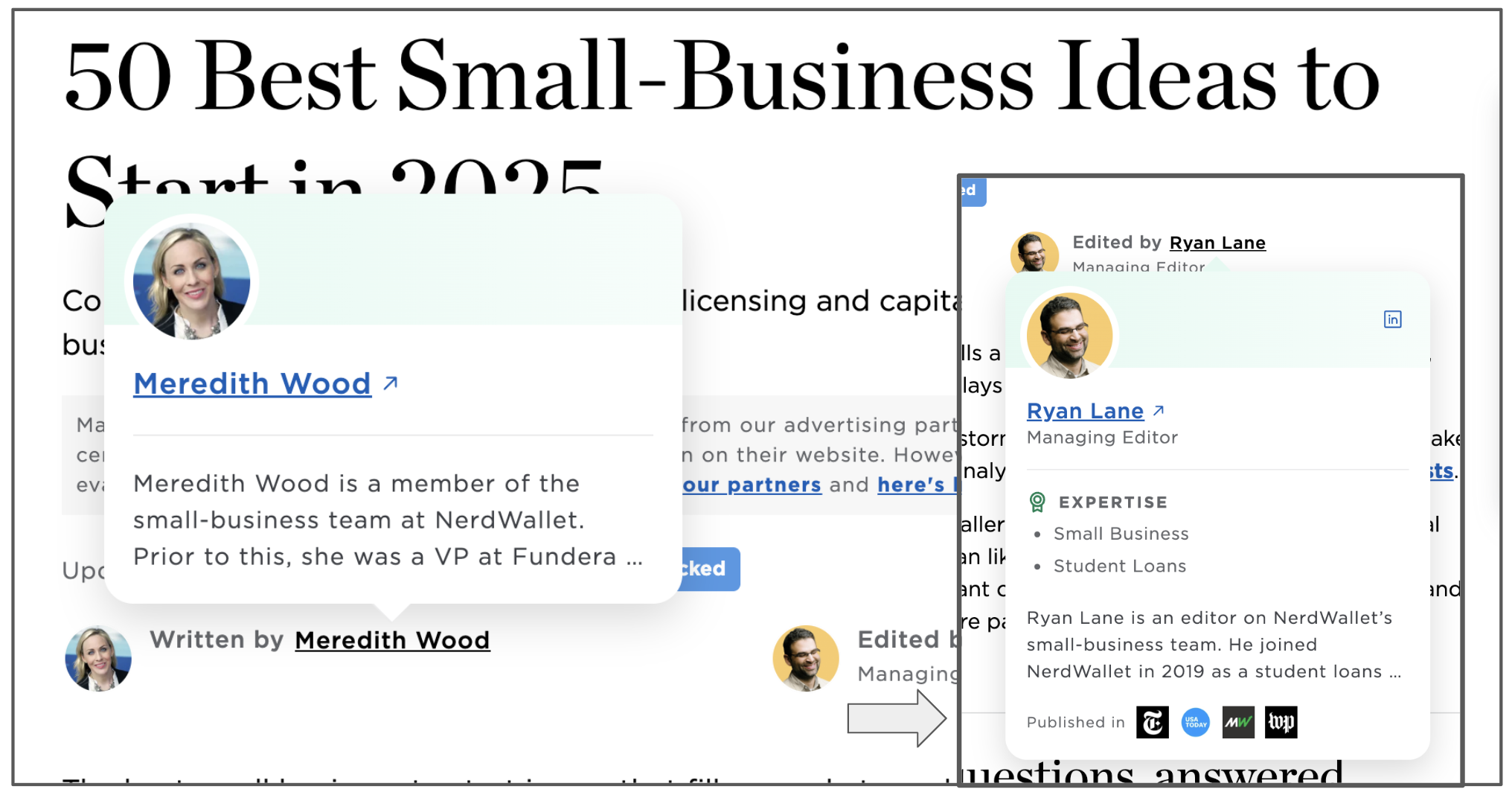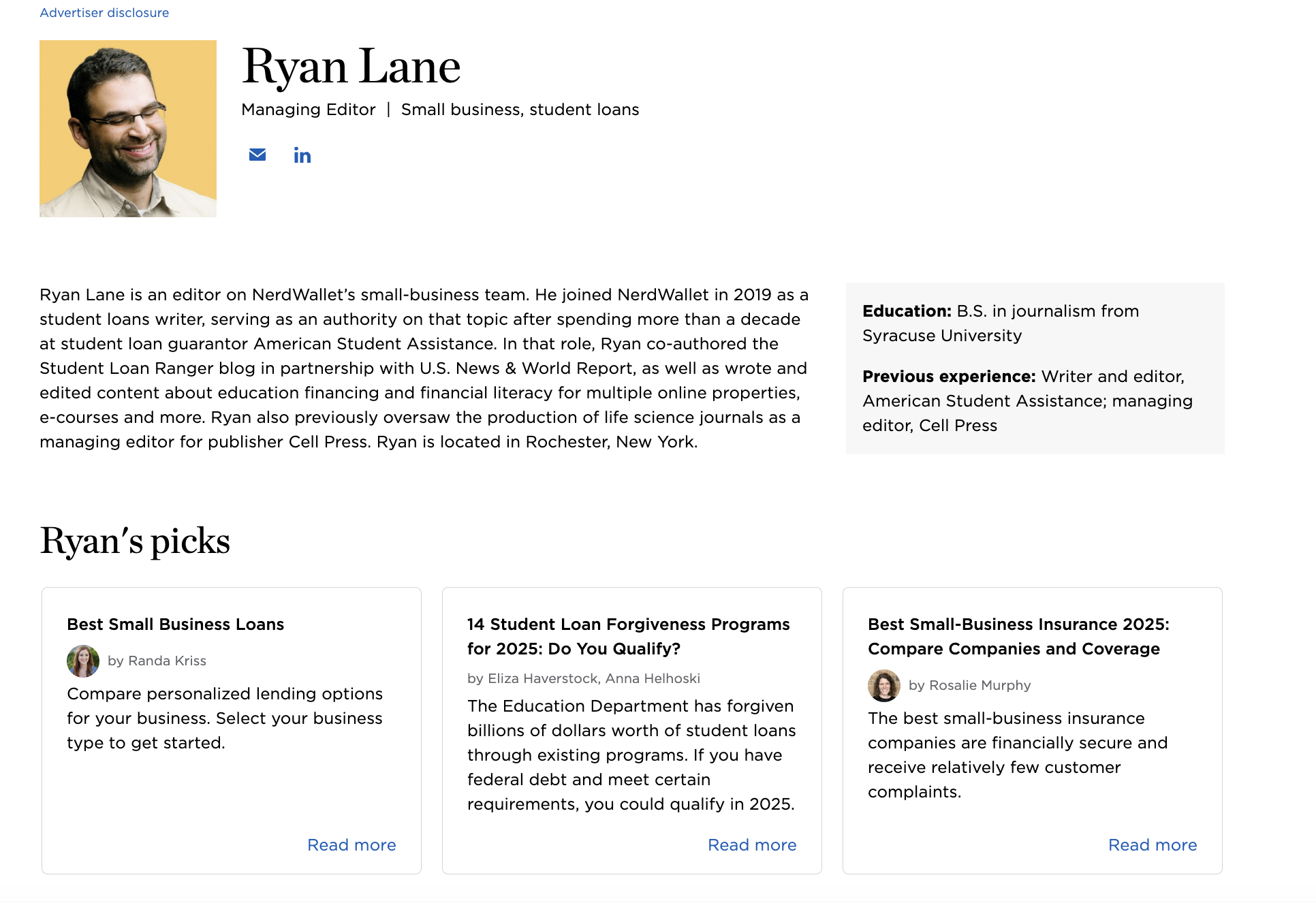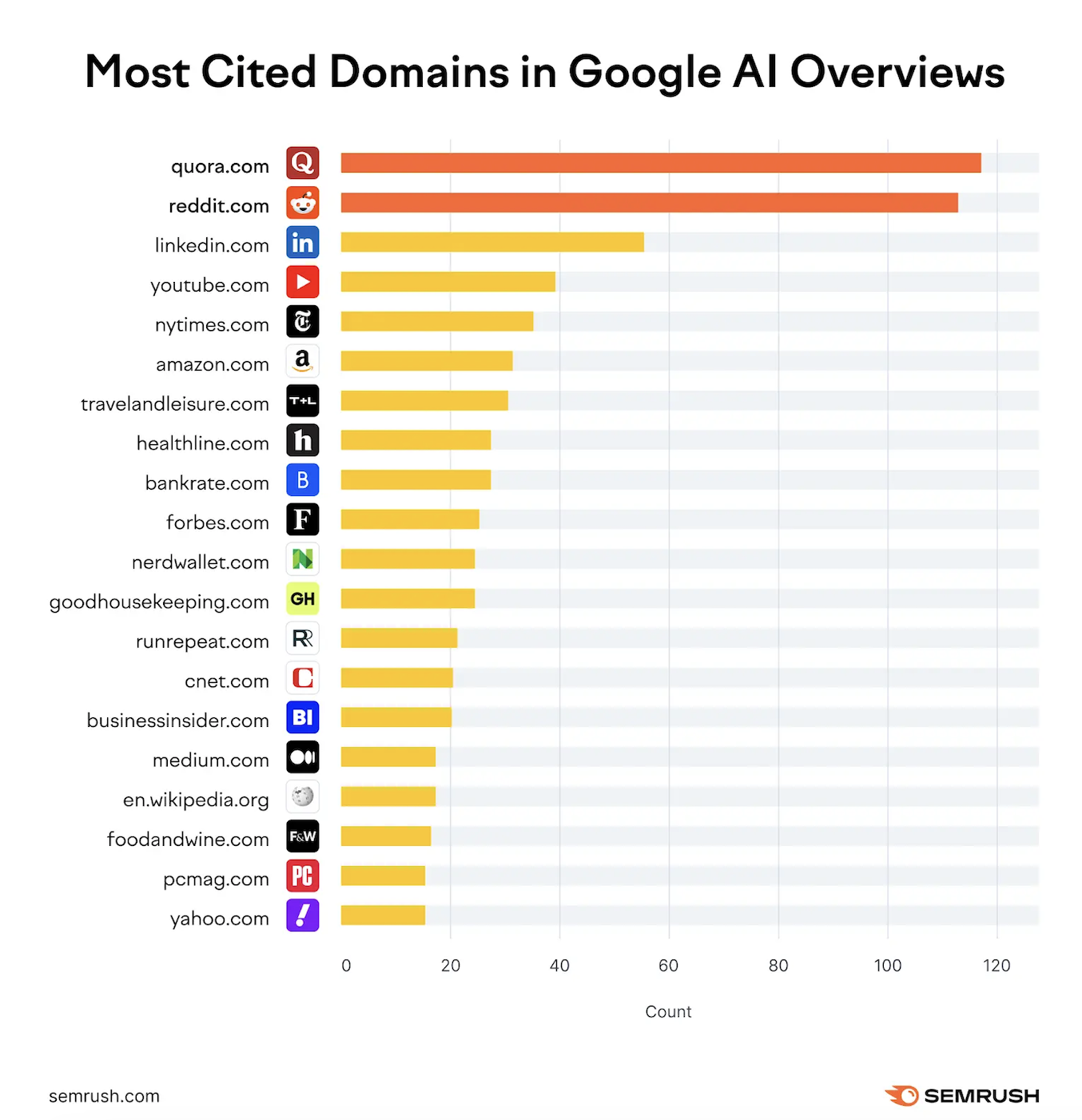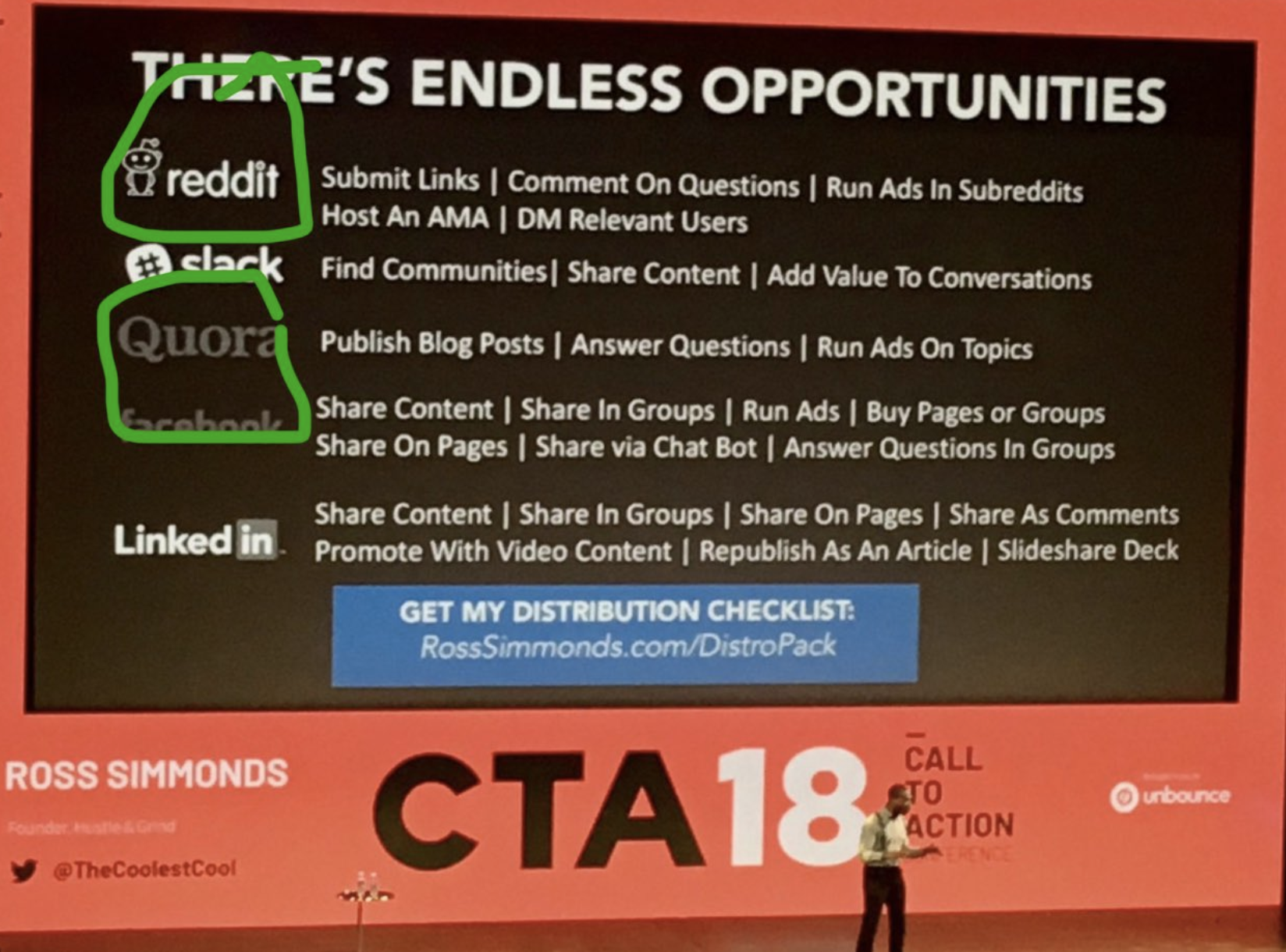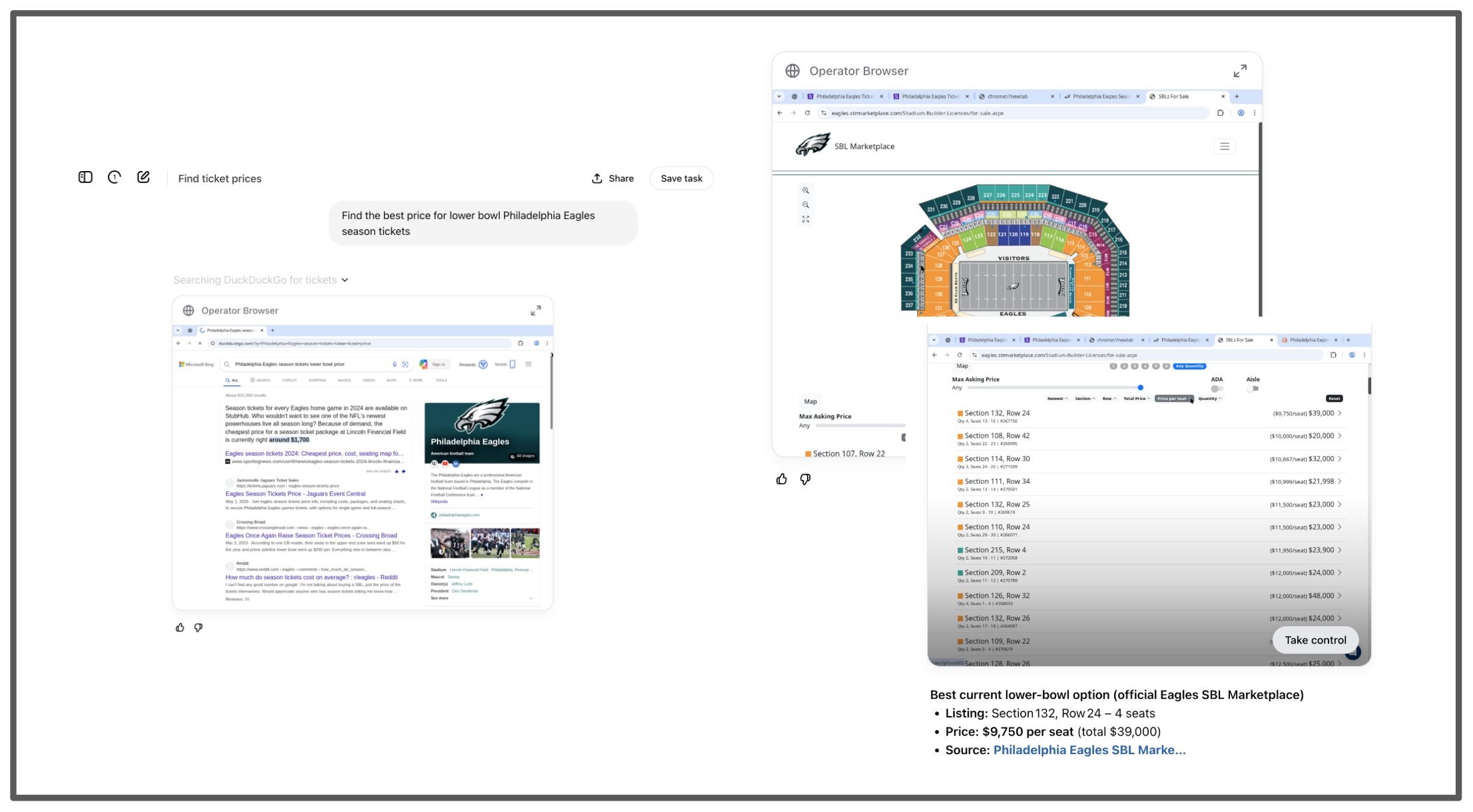Google’s AI Mode is here.
Google’s AI Mode is self described as an experimental, conversational way to search using its Gemini large-language model. It’s currently active for many English users and is designed to transform Google Search from static lists of blue links into an interactive AI-powered experience. Here’s what it looks like:
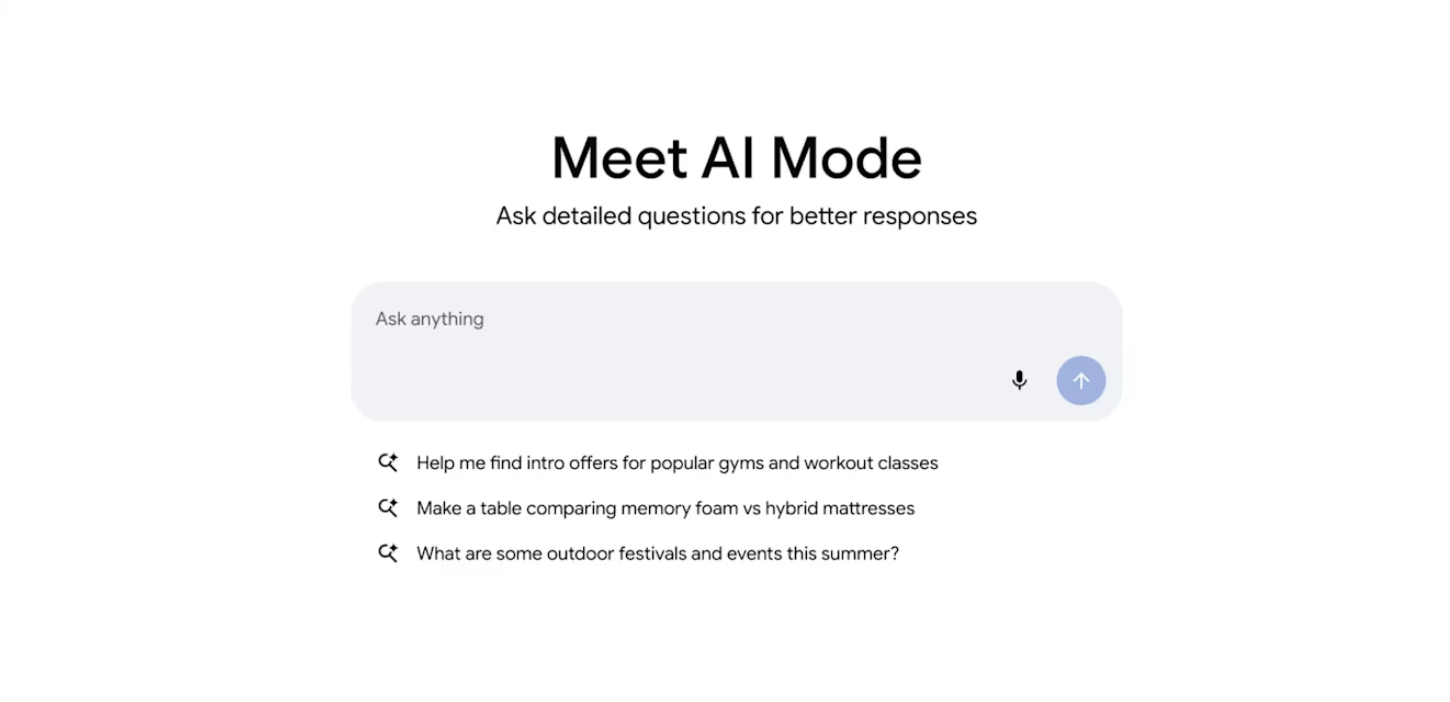
Google AI Mode is like your personal search sidekick—think ChatGPT or Perplexity, but natively built into Google. You ask it a question, it pulls together info from across the web, and you can keep the convo going with easy follow-ups. It’s like having an assistant help you sift through search results in real time.
Example time:
You ask:
How do I buy tickets for a Philadelphia Eagles game?
Flip on AI Mode, and the chatbot jumps in—summarizing how to snag tickets via Ticketmaster (or secondary markets like SeatGeek or Vivid Seats), showing sidebar links to official listings, resale options, prices, and limits, and then waits for your next question or request. Easy, conversational, and helpful…
Remember when ranking #1 on Google felt like winning the SEO Superbowl?
Well, guess what?
The rules just changed. Big time.
Google’s AI Mode is shifting search from “ranking” to “inclusion.” Forget fighting just for that blue link…
Now, your mission is to become the authoritative voice cited directly within Google’s AI-generated summaries. It’s a shift in the way that many SEOs will have to think as we get away from the obsession with traffic and start putting on our true marketer hat to think about all the other factors at play besides what will get us links.
Less emphasis on backlinks.
More emphasis on brand mentions.
Less emphasis on keyword optimization.
More emphasis on high quality content on key topics.
Less emphasis on measuring domain authority.
More emphasis on measuring brand sentiment in communities.
Why This Matters for Your SEO Strategy
Here’s a recent podcast on the topic of AI Mode you should check out:
Here’s the kicker: Traditional ranking factors alone won’t save you now.
We’re living through a quiet revolution in marketing.
It’s not loud. It’s not flashy.
But it’s changing everything about how people discover, trust, and buy.
It’s called Generative Engine Optimization (GEO).
And the biggest shift? Memory is now the new ranking factor.
Unlike traditional SEO… Which prioritized static content, links, and meta tags this new era might just be shaped by:
-
The user’s history
-
Their preferences
-
Their device
-
Their personal “memory” baked into large language models (LLMs)
In other words…
There is no longer one single SERP. There are millions—personalized and evolving in real time.
AI Summaries: Good News or Bad News?
Here’s the good news:
Even if you’re not sitting pretty at #1, Google’s AI Mode can still highlight you if your content is trustworthy and well-structured.
The bad news?
If your #1 ranking content lacks depth, clarity, or freshness, AI will skip right over it…
Think about it:
Would Google’s AI reference your latest blog post? Is it optimized for the LLMs? Or is it just optimized with the intention of ranking?
How does the questions your customers are likely to ask show up in your content? Are they answered? Clearly? Are they just a regurgitation of what already ranks in the SERP? These are the questions you need to ask…
Personalization is the New Frontier
Personalization changes everything. Now, Google’s results aren’t just tailored by location…
They’re shaped by your calendar, your past searches, and even your current browsing history.
Cookies are out and memory is in.
A finance exec researching analytics software is going to get different results than a healthcare admin looking at the same query. Your job as a B2B SaaS marketer? Make sure your content aligns perfectly with the context of your ideal buyer personas.
LLMs are factoring in:
-
Your browsing behavior
-
Your logged-in account data
-
Your past questions
-
Your tool preferences
-
Even your job title or device
I think this is the death of universal rankings.
And the birth of individualized search responses…
How AI Mode Disrupts Your Demand Generation Funnel

Here’s a plot twist: top-of-funnel clicks and top-of-funnel impressions are decoupling across many industries. Darwin Santos brilliantly coined this trend the great decoupling and it couldn’t be more well put.
In a recent study conducted by SEMRush, it was found that this trend around how AI Mode was influencing the SERP was very real. The keywords that triggered AI overviews the most were queries that were informational intent related:
This was the top of funnel playbook that many SEOs have run for years.
And now…
That traffic becomes nothing more than SERP impressions.
No remarketing.
No lead magnets.
No visitors on their site.
It’s like the great depression for SEO.
Users are getting instant answers, but this means fewer organic clicks overall.
But guess what? Those who do click?
They’re warmer, more engaged, and ready to convert.
So, instead of crying over lower traffic numbers, we might want to start celebrating the higher intent of the visitors who actually arrive at your site. This shift isn’t a blip in time. This shift is going to be representative of the new state of SEO (and what that even means) for brands going into the future.
Make their experience unforgettable, actionable, and conversion-focused.
Establish Author Entities With Real-World Credibility
In a world where LLMs increasingly ask “who wrote this?” before recommending content, anonymous publishing is a liability. LLMs are trained to value expertise, experience, and identity.
This is where author entities come in.
Author credibility is critical for building trust and improving content performance. Especially in today’s GEO landscape. That starts with more than just having strong contributors who actually have experience, expertise and authority; it means showcasing them properly to convey trust.
One of the best examples of this in action is the team at Nerdwallet:
One of the things that I like most about their approach is that it’s not just an author page.
The team also has an ‘editor’ page that links to the Editor of the piece with their expertise cited. Both the author and the editor have individual pages on the domain that give even more information:
Smart right?
Every author should have a dedicated profile page on your site that highlights their qualifications, areas of expertise, and a professional headshot. This page should be linked from every article they write. For example: If some contributes regularly, create a page like yourwebsite.com/authors/firstname-lastname featuring their full bio, credentials, social proof, social profiles and a list of published articles.
All of this adds legitimacy and helps readers (and search engines) trust your content.
What to do:
-
Ensure every content piece is tied to a real, identifiable author.
-
Create author pages that include bios, credentials, and links to their other work.
-
Connect authors’ online presence (LinkedIn, Twitter, YouTube, Substack, etc.) to your brand’s domain.
LLMs crawl the web to validate authors. If your contributors are invisible, inactive, or inconsistent, your content will be treated as less authoritative. If you want to be cited in AI-generated responses, you need to prove that your contributors are real, knowledgeable, and active in your space.
Use Precise, Technical Language That Signals Authority
Generic content gets ignored.
In a landscape where models prioritize content based on confidence and expertise, clarity and specificity are essential. Avoid oversimplified or overly broad language. Instead, use terminology your audience actually searches for—and that AI systems associate with domain expertise.
This idea was validated in a GEO study conducted a few months back where they analyzed what optimizations had a net-positive impact on influencing the LLMs. One of those things was technical content:
What to do:
-
Match your tone to your audience’s technical fluency (don’t write for beginners if targeting CTOs).
-
Use accurate industry terms, product category labels, and functional descriptors.
-
Provide definitions only where necessary—and only if your target persona needs them.
LLMs evaluate how closely your content reflects the expected depth of understanding for a topic.
Vague language, passive voice, or buzzwords signal uncertainty cause your content to be deprioritized in AI-generated answers.
Cite Credible Sources, Use Verifiable Data, and Embed Context-Rich Media
Data consistently shows that there is a correlation between the number of referring domains a website generates and the total amount of traffic that it generates. In a piece on Digital PR, the Ahrefs team found this correlation:
Quite significant right?
LLMs and search engines both favor content that’s well-supported, richly sourced, and easy to verify.
Citing trusted third-party sources isn’t just good journalism… It’s a strong way to increase your own credibility and authority.Lexi Mills from Shift6 Studios talks about how Digital PR is changing amidst the rise of LLMs in an interview a few months back right before we spoke at SEO Week and it was quite fascinating to hear:
What to do:
-
Reference public studies, third-party data, or original research.
-
Embed videos and link to transcripts (LLMs now scrape YouTube and podcast transcripts for citations).
-
Include expert quotes—especially from well-known voices in your industry.
AI systems like ChatGPT, Perplexity, and Claude draw on multi-modal sources. Content that includes quotes, stats, or citations is more likely to be reused, recommended, or linked in generated responses… Especially when the sources are already known to the system.
Best-of Lists, Alternatives Pages & Brand Comparisons
These formats are some of the most cited in LLM-generated responses. These are high in commercial intent and tend to be still driving quite a few clicks in the AI Mode experience.
When someone asks ChatGPT or Claude, “What are the best [tools, apps, services]?” these list-based pages dominate because they mimic how humans evaluate choices. The key is to ensure that if you’re trying these tools or apps that you actually share what your experience was like when using them.
How to use it:
-
Use structured headlines (e.g., “10 Best Tools for X in 2025”)
-
Keep blurbs scannable with product benefits + use cases
-
Include schema markup for rankings and product metadata
-
For Brand Comparisons, use “Us vs. Them” tables to control the narrative in competitive queries
First-Party Reviews & Case Studies With Outcomes
Nothing beats results. LLMs increasingly favor quantified impact and first-party evidence over fluffy testimonials or copy/paste G2 badges.
How to use it:
-
Publish stories with real numbers (e.g., “43% increase in lead quality”)
-
Include charts, user quotes, and original data
-
Attribute the author or expert responsible for the outcome
LLMs prioritize evidence-backed content.
Case studies with defined outcomes (especially when tied to known authors or brands) increase the likelihood of being cited in answers or recommendation summaries.
Be Everywhere: Integration & Ecosystem Wins
For B2B SaaS, that means you absolutely must dominate sites like G2, Capterra, and integration marketplaces. If Google’s AI is sourcing data externally, you must be everywhere your customers might look.
The “What, Why, How, Who” Framework
Your content should comprehensively cover:
- What? Clearly define your core concepts.
- Why? Connect your solution to tangible business outcomes.
- How? Give practical, step-by-step advice.
- Who? Boldly compare yourself against competitors.
Miss any piece, and the AI finds it elsewhere.
Structured, Skimmable, and Multimodal Content Wins
Long-form still reigns but it needs clear, concise summaries at the top.
AI loves “TL;DR” sections. Help it (and your readers) out by summarizing key points upfront.
But wait, there’s more…
AI will benefit you if you’re embracing distribution and the remix. Research packed charts, valuable infographics, even videos can benefit you in the LLMs. Google’s AI can interpret, cite, and even generate visuals based on your data.
Ensure your graphics and visuals are AI-friendly, with clear alt-text and captions. The payoff?
Your visual might become the go-to resource for LLMs.
But it doesn’t end with formats. Smart brands are also recognizing the importance of distributing their content through other channels. LLMs are striking up licensing deals with brands like Reddit and using those licenses to provide users with content influenced by that content. Here’s a snapshot of some of the most common sources of content in the Google AI Overviews:
Top of the list?
Don’t you wish someone would have told you to use these channels years ago….
Freshness is Non-Negotiable
Google’s AI loves fresh, updated content.
Outdated articles or duplicated insights won’t make the cut.
Regularly refresh your cornerstone content to signal both AI and your audience that you’re the real deal.
Where Do I Think This Goes From Here:
Imagine this: Instead of clicking through endless pages, you just ask Google:
“Hey Google, buy me tickets to the Eagles game this Sunday.”
Google finds the seats, processes payment, and boom—you’re done. No clicks…
That’s almost feasible today with ChatGPT’s Operator function and I’d assume Google will be following close behind them in a few months. Today, I can ask ChatGPT Operator to “Find the best price for lower bowl Philadelphia Eagles season tickets” and as you can see in the image above…
It goes out and finds them. The AI Agent looks at Stubhub. The AI Agent looks at Ticketmaster. And eventually it realizes that for Season Tickets you need to visit Philadelphia’s actual team website.
Then… It goes through and analyzes the site until it finds me a lower bowl season ticket license for $39k.
Crazy right?
And I’m not talking about the AI.
But seriously… Here’s why this matters:
Google’s entire PPC model depends on clicks. But if AI gives answers and directly completes transactions, what happens to Google’s revenue?
Massive disruption.
The PPC model might evolve into a “pay-per-action” world…
Google could take a cut from the transactions directly.
And for brands? You need to be front and center in Google’s trusted ecosystem.
Integration with platforms Google taps into Ticketmaster, Shopify and Amazon becomes key.
Wrapping This Up
This is one of those pivotal moments in history that few people realize the overall impact.
We’re going into an era where search and discovery is completely different than it was for the last 10 years. I talked about back in 2018 how Google was becoming a destination. That prediction is now coming to reality.
The SERP was always slowly becoming its own individual page and web experience.
But this technology accelerates that shift.
People can get answers in seconds.
No clicks.
No scrolling through ads.
No exiting pop ups.
No third party cookies.
None of that…
Change is here.
And as of 2025… I don’t think anyone in SEO is actually prepared for what’s going to come.
Picture it:
Millions of queries.
Millions of personalized answers based on the memory the LLM has of you…
How do you track that?


